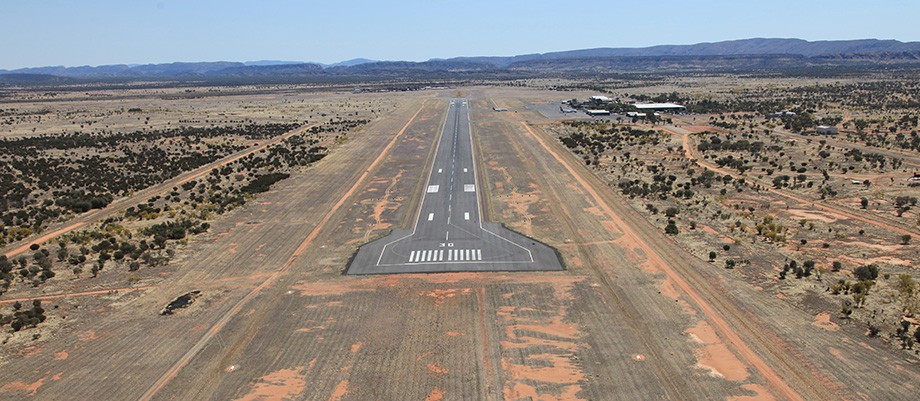
Non-controlled aerodromes quiz
Online services
- All online services
- Access eLearning (AviationWorx)
- CASA enquiries account
- CASA self service
- Defect reporting system
- Flight Test Management system
- Manual authoring and assessment tool
- Medical record system - Examiners
- Medical record system - pilots and ATCs
- myCASA portal
- Online store
- Secure payment gateway
Online services
CASA
Back to CASA homepage
- All online services
- Access eLearning (AviationWorx)
- CASA enquiries account
- CASA self service
- Defect reporting system
- Flight Test Management system
- Manual authoring and assessment tool
- Medical record system - Examiners
- Medical record system - pilots and ATCs
- myCASA portal
- Online store
- Secure payment gateway
Pilot safety hub
Non-controlled aerodromes quiz
Your safety is in your hands.
Link for more information

- Home
- Resources and education
- Pilot safety hub
- Non-controlled operations
- Non-controlled aerodromes quiz
-
Aircraft
-
Aircraft registration
- Change, transfer or cancel aircraft registration
- Data files for registered aircraft
- Ferry flight registrations
- Find a registered aircraft
- Guidance for deceased estates
- Irrevocable deregistration and export request authorisation (IDERA)
- Register your aircraft
- Registered aircraft operators
- Registration marks
- Request a copy of your registration certificate
- Airworthiness
- Certification
- Design and manufacturing
- Sport aviation
-
Aircraft registration
- Drones
-
Licences and certificates
- Pilots
- Radio operators
- Air traffic controllers
-
Air operators
- Aerial application air operator's certificate
- Aerial work certificate (Part 138)
- Air transport air operator's certificate
- Alternative pathway for specialised endorsements
- Balloon air operator's certificate
- Find a flight training operator
- Flight training operators
- Foreign operators
- Guidance for Part 91 approvals
- Operators specialised endorsements alternative pathway
- Replace air operator's certificate
- Training pilots specialised endorsements alternative pathway
- Delegates
-
Maintenance engineers
- About aircraft maintenance engineers
- Aircraft engineer exams
- Aircraft engineer licence (Part 66)
- Apply for a Part 66 licence
- Become a licensed aircraft engineer
- Maintenance of composite structures
- Part 66 and working for a Part 145 organisation
- Part 66 self-study training and examination pathway
- Recognition of prior learning
- Removing exclusions
- Modular licensing for aircraft engineers
- Part 66 modular aircraft engineer licence pathways
- Flight examiners
- Flight instructors
-
Aviation medicals
- Additional medical tests
- Audit of medical certificates
- Classes of medical certificate
- Clinical case conference panel
- Complaints and objection to medical decision
- Endorsements on a medical certificate
- Find a medical or eye examiner
- Medical certificate fees, payments and processing
- Medical certification for age over 60
- Report a change of a medical condition
- Renew a medical certificate
- The medical certification process
- Class 5 medical self-declaration
- Explaining operational limitations for Class 5 medical self-declaration
-
Medical practitioners and examiners
- Austroads standard medical for pilots
- Become a DAME or DAO
- DAME's clinical practice guidelines
- DAME conditions of appointment
- DAO conditions of appointment
- ECG guidance for DAMEs
- Eligibility and training for DAMEs an DAOs
- Maintaining your designation
- Medical reports and case reviews
- Protocol for pilots with type 1 diabetes
- Responsibilities of DAMEs and DAOs
- Aviation reference numbers
- English language standards
- Fee payment options
-
Operations, safety & travel
- Aerodromes
- Airspace
- Aviation safety for pilots
- Safety Management Systems
-
Safety advice
- Cabin safety
- Carriage or discharge of firearms on aircraft
- Community service flights
- COVID-19 advice for industry
- Dangerous goods and air freight
- Displays and events
- Drug and alcohol management
- Electronic flight bag
- Fatigue management
- Hazard identification and management
- Human factors and safety behaviours
- 5G and aviation safety
- Mercy fights and operating in an emergency
- Consumer and passenger advice
- Aeronautical information management
- Training and checking systems
-
Rules
- Regulatory framework
- Rules by category
- Rules by status
- Rules by type
- Changing the rules
-
Compliance and enforcement
- Delegated authority in support of aviation safety investigations
- Enforcement action
- How to comply with the rules
- Recent enforcement decisions
- Safety information policy statement
- Sharing safety information
- Strict liability
- Surveillance
- Submitting significant and non-significant changes
- Voluntary suspensions
- Reporting illegal behaviour
- Resources & education
-
About us
- Who we are
- Who we work with
- News and media
-
Reporting and accountability
- Environmental management and performance
- Freedom of information
- Gifts and benefits register
- List of CASA files
- Portfolio budget statements
- Register of privacy impact assessments
- Regulator Performance Framework
- Senate order on agency contracts
- Service standards
- Statement of commitment to child safety
- Work health and safety policy statement
- External security vulnerability disclosure program
- Careers
- Sponsorship and scholarship
- About this website
- Contact us
- Events
- Subscribe
